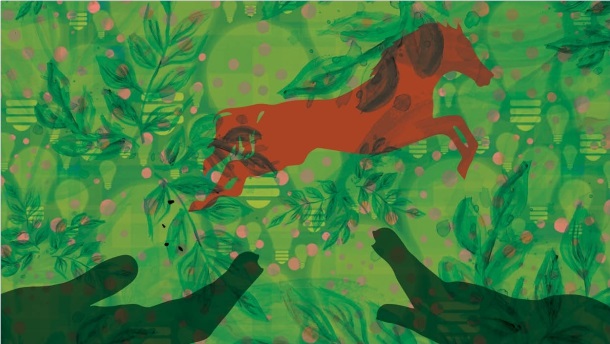
Summary: Indian two-wheeler giant TVS Motor Company has evolved through the ages as not just one of India’s biggest two-wheeler manufacturer but also a responsible and ethical corporation. As the world grapples numerous man-made crises—climate change, air and water pollution, and their resultant repercussions—TVS’ policies and innovative approaches can prove to be a role model for its industry as well as others.
Log In or become an AIMA member to read more articles
